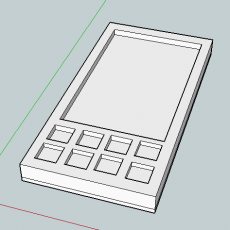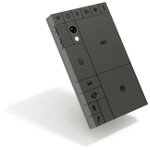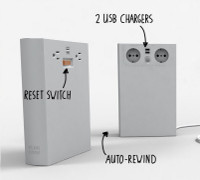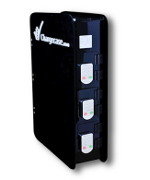
Dutch designer Dave Hakkens has created devices described as ‘a solution to plastic pollution’ that people can download and build themselves. The series is called Precious Plastic machines, which uses everyday materials and basic tools Hakkens says are available around the world.
Precious Plastic machines include a shredder, extruder, injection moulder and a rotation moulder, which can all be used to turn waste plastic into new products. Hakkens first showed prototype versions at the Design Academy Eindhoven graduation show in 2013, and has spent the last two years refining the designs.
Hakkens wants to deal with the reported 311 million tonnes of plastic waste humans create every year, of which less than 10 per cent is actually recycled. “A lot of things we have are made from plastic. It’s used everywhere, but it also ends up everywhere, damaging our planet.”
In late 2013 Hakkens partnered up with Motorola in order to create mobile phones to combat electronic waste: not throwing out an entire phone and swapping out a broken component instead.
(Link: www.dezeen.com, Photo by Kate ter Haar, some rights reserved)

 Mobile phone manufacturer Motorola
Mobile phone manufacturer Motorola  Eindhoven-based inventor and designer Dave Hakkens is a man of ideas and his latest idea, a mobile phone of which you can swap out parts when they break down or get too old, is getting a lot of attention on the Internet.
Eindhoven-based inventor and designer Dave Hakkens is a man of ideas and his latest idea, a mobile phone of which you can swap out parts when they break down or get too old, is getting a lot of attention on the Internet.
 Bright reports about the
Bright reports about the  Arif Yilmaz and Ersin Cumsit from Zaandam—the ingenuity of its townspeople already impressed Tsar Peter The Great of Russia in the 1700s—are aiming for traditional financing through banks, and will sell a closet with three safes and connectors for all current mobile phones for “a couple of hundred euro”. While the Plugbook is aimed at consumers, the ChargeCase seems to be a product for businesses.
Arif Yilmaz and Ersin Cumsit from Zaandam—the ingenuity of its townspeople already impressed Tsar Peter The Great of Russia in the 1700s—are aiming for traditional financing through banks, and will sell a closet with three safes and connectors for all current mobile phones for “a couple of hundred euro”. While the Plugbook is aimed at consumers, the ChargeCase seems to be a product for businesses.